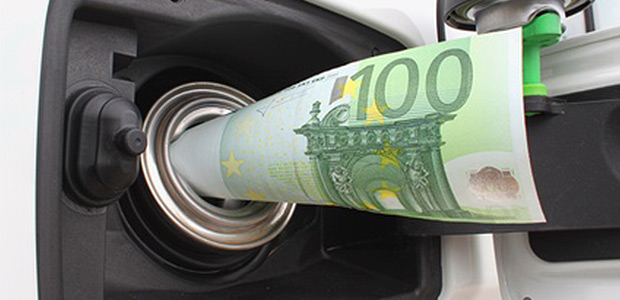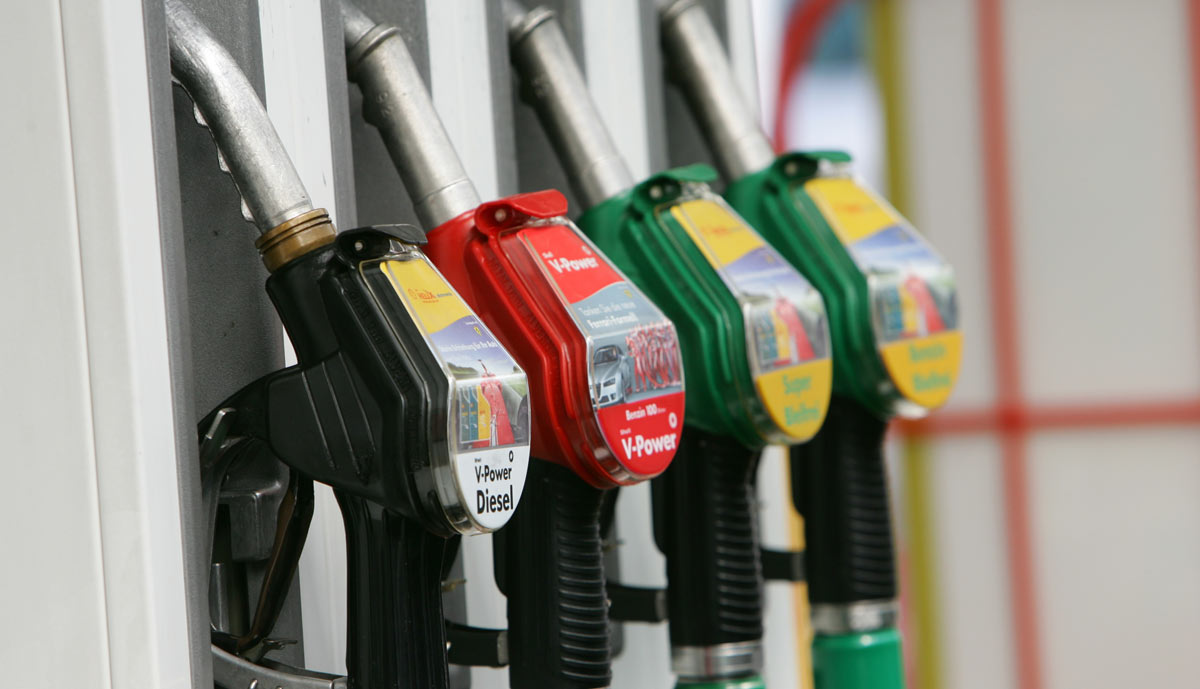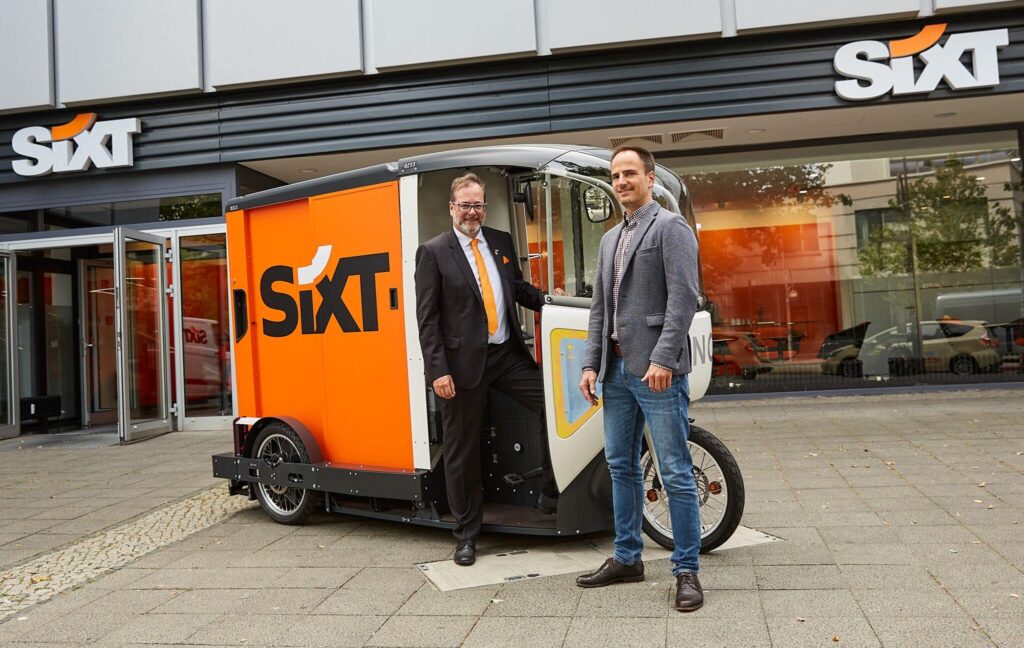Researchers from the US Department of Energy, at the Oak Ridge National Laboratory in Tennessee, have studied how to adapt one’s driving style to rising prices. The most important finding: there is a “perfect” speed!
DRIVING FUEL-EFFICIENTLY
If you drive fast, you use more fuel, which costs more money.
The moment you start the engine, the car consumes petrol (e-cars logically do not). As soon as you start driving, consumption increases. Engine, air conditioning, radio, electronics … all cost additional money. At higher speeds, other parameters also come into play and affect the cost-efficiency. For example, air resistance, which becomes quite considerable when driving on the motorway. In addition, there is “rolling friction”, which also increases fuel consumption by deforming the car’s tyres like a force pushing backwards, as well as friction forces within the gearbox. There are so many factors that influence the driving performance of a car that it is impossible to create a purely theoretical model that establishes a relationship between speed and fuel consumption.

Oak Ridge National Laboratory tested various cars and speeds until it came up with an approximate method for estimating fuel efficiency. And it says:
You shouldn’t drive faster than 110 km/h if you want to save fuel. At high speeds of about 140 km/h and above, a car burns a particularly large amount of fuel. When driving at 160 km/h, the engine consumes up to two-thirds more fuel than when driving at 100 km/h.
A speed of 70 to 80 percent of the maximum permitted speed is generally recommended to save fuel.
An engine consumes the most fuel while it is still cold. Average consumption during the first 100 metres can be up to 30 litres per 100 kilometres. The car only reaches its normal operating temperature after an average of four kilometres.

TIP 1: SAVE FUEL BY ACCELERATING
You should not drive too slowly! The most economical way to drive is to step on the gas, shift up quickly to the highest possible gear and then maintain a speed – adapted to the situation, of course. By the way, the German TÜV also came to this conclusion.
TIP 2: DRIVE WITH FORESIGHT
If possible, maintain a constant speed! Scientists have calculated that anticipatory driving – i.e. avoiding frequent braking – not only increases the life expectancy of the car, but also effectively saves fuel. So for short-term speed fluctuations, take your foot off the accelerator instead of braking first and then accelerating again. Keyword engine brake. Most cars are equipped with an overrun cut-off that immediately shuts off the fuel supply in this situation. Ergo zero consumption.
TIP 3: SHIFT UP QUICKLY
On motorways and country roads, the following applies: the lower the revs and the speed, the lower the fuel consumption, because driving in the highest possible gear is a basic requirement for fuel-saving driving. So after starting off, accelerate quickly, shift up the gears as quickly as possible and maintain the selected speed at low revs. Example calculation: If you shift into fourth gear at 40 km/h, you reduce fuel consumption instead of driving in second or third gear at the same speed. This is because the revs are then low. According to the German Transport Club (VCD), 2,000 revolutions are sufficient in city traffic. By the way, downshifting is often not even necessary, because it consumes fuel because you have to accelerate more afterwards.
TIP 4: AVOID EXCESSIVE DRAG AND WEIGHT
If you like to go skiing or stand-up paddling, you don’t want to remove the roof rack every time. But: All superstructures and heavy accessories in the luggage compartment increase air resistance. In a medium-sized car, an additional weight of 100kg increases fuel consumption by an average of 0.7 litres per 100 kilometres. Lower weight and less air resistance reduce fuel consumption.
TIP 5: CHECK TYRE PRESSURE
Incorrectly adjusted tyre pressure can increase fuel consumption, so tyres should be inflated to the pressure recommended by the manufacturer. Otherwise the braking distance will be longer and this will increase fuel consumption, especially with “wide tyres”. Guideline: Check the tyre pressure once a month and the wheel alignment twice a year and have them adjusted if necessary.






